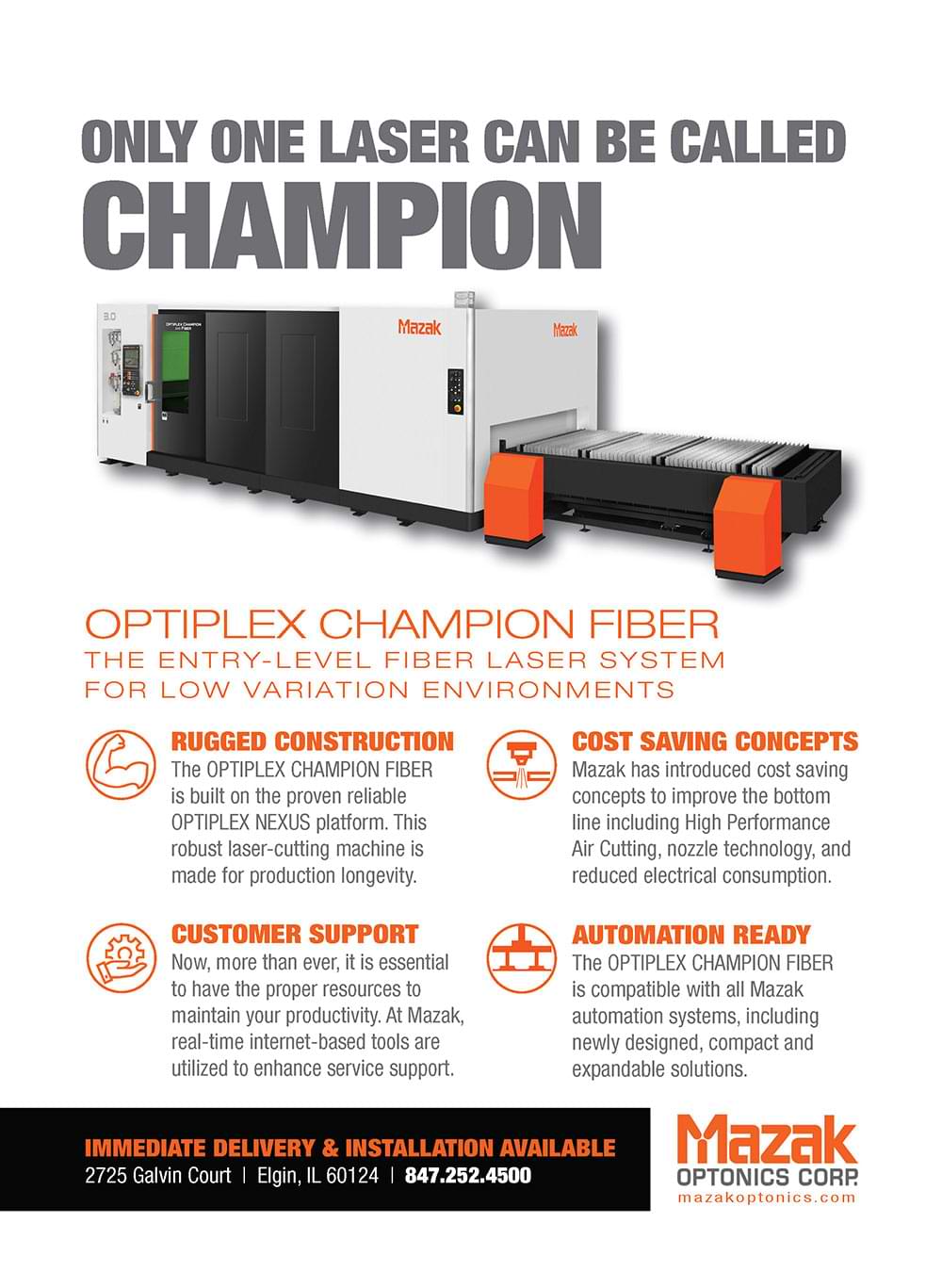Positive Influence
an you add digital transformation to my quote? The term “digital transformation” keeps popping up over and over—in the media and webinars, in technology vendor presentations and other literature, but what does it really mean? And how does it impact materials supply shortages and staffing to support growing demand?
Digital transformation represents the aggregate of digital initiatives that take offline processes to create an online experience and take existing online processes and make them more efficient to deliver a differentiated, value-added experience. Buyers don’t ask their supply chain to add digital transformation to the list of product offerings—they ask them to access, deliver and support their businesses in a digital format that “works for them.”

To put this all into perspective, the “tsunami of change” has arrived in the industrial metals business, culminating in the merging of three waves into an unstoppable force:
- A pandemic that shook the business world into permanently supporting virtual work environments.
- A massive new demographic that grew up using great consumer technologies and applications entering and advancing in the workplace.
- Rapid advancement of next-generation technologies such as artificial intelligence; Internet of Things (IoT), and technology platforms capable of connecting, delivering, and supporting an ecosystem of hyper-connected communities.
Consequently, where there is change there is opportunity. In the metals industry, online purchases are still in their infancy. It’s not as simple as packing a 30-ft. pipe and sticking it in the back of a FedEx truck. Logistics, customized services and business processes are complex and filled with rules and exceptions to those rules. Capturing these requirements to create a seamless and user-friendly digital experience requires creativity, depth of metals domain knowledge and, most importantly, a unique digital skill set that is in short supply in the industry (like everything else!).
However, the benefits and payoff of doing it right can be game-changing for organizations who commit to becoming a digital-first organization:
- Labor shortages—digitization gives an organization extra capacity to deal with shortages in supply or spikes in demand. The traditional viewpoint that digital or online channels can reduce head count are outdated. The new business case creates new capacity, scalability to grow faster and enriches front-line jobs to be more consultative and proactive.
- Supply shortages or excess—digitization of processes leads to more efficient searching and matching of materials through technology platforms, integrations and connectivity. We all see it in our personal lives. Amazon is seemingly never out of stock. Why? Because they created what’s called the “endless aisle” of supply by connecting buyers with hundreds of thousands of suppliers. The same opportunity exists in the industrial B2B segment as supply chains onboard their products and services onto digital platforms.
- Market share—digitization efforts driven by a central mission to connect with the next generation of buyers and deliver a seamless, interconnected digital experience will quietly, then suddenly, shift more volume to organizations that embrace the digital-first generation. According to 2020 research by McKinsey & Company, more than 75 percent of B2B buyers and sellers say that they prefer purchasing online.
So why aren’t more B2B buyers actually buying online in the industrial metals business today? The answer is shockingly simple: The companies they want to buy from do not offer a digital-first experience.
Again, can you please add digital transformation to my quote?
